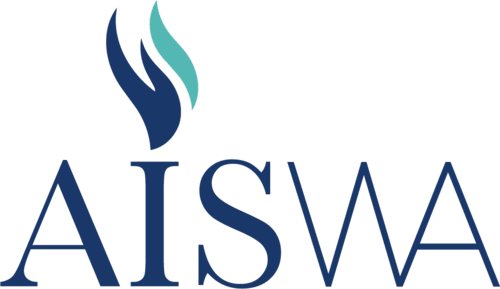Language learning in Early Childhood
In 2020, language teachers in early childhood contexts continued to meet and share ideas. When Covid restrictions were relaxed, they met for a half-day workshop at AISWA. Many thanks to AISWA Early Childhood Consultant, Deb Martin, for providing valuable contributions. Her key message: that learning needs to be a balance between explicit teaching and practicing in real-life contexts. She encouraged activities that are child-driven, such as a dramatic play corner where learners can play and use the target language. Deb recommends “being immersed in their (learners) world” because this is the age when cognitive skills are developing and they are still in the ‘me, me, me’ stage. As an experienced classroom teacher, Deb also recommends that specialist teachers try to follow the same routines the children are familiar with. Try not to change things, such as the seating plan, otherwise, it will lead to confusion and behaviour issues.
Experienced teaching shared ideas and advice
Simona modelled the teaching of new French vocabulary. She teaches entirely in the target language, reinforcing meaning with gestures, lots of repetition and singing a song each time a new vocabulary item was added. Simona uses a tambourine very effectively to maintain focus and suggests sometimes giving the tambourine to a disengaged learner to allow them a chance to participate without the pressure of producing language. We then played a fishing game. Simona randomly counted around the circle and learner # sept could have a turn at fishing one of the new vocab items. She moved seamlessly from one short activity to another which involved using one’s whole body made it so much fun. Simona gets a lot of her songs and resources from the Powerlanguages platform.
Natalie taught colours using resources and a song from the ELLA program. She emphasised skills and strategies for memorising Japanese words, such as using mnemonics. Natalie uses Powerpoint slides to play “What’s missing?”. She conducts all activities in the target language, using lots of repetition, intonation and non-verbal clues. Natalie also uses immersion in the target language and generates curiosity to engage learners. She demonstrated a wonderful colour science experiment that gets children to predict what colour will be generated when two colours are mixed together. The activity also cleverly teaches the language of mathematics. Natalie has created an explanation of how a series of activities and resources link to make up this project for early childhood learners, which can be applied to the teaching of any language:
Wenwen showed us her method of teaching Chinese characters: pronunciation first, and drilling with gestures. She then shows the characters and models telling a story based on the pictorial. Wenwen then encourages learners to come up with their own interpretation of subsequent characters, emphasising that all individual interpretations are correct and keeping learning child-centred. Li then demonstrated a range of activities that provided an opportunity for practicing reading and writing Chinese characters, where learners could work at their own pace.
Heidi teaches Japanese at a school that adopts the International Baccalaureate (PYP) and an inquiry learning approach. She explained what she has been doing with her Year 2 class, who are currently using the “I Explore..” Walker Learner strategy that encourages self-learning. Her learners came up with their own individual way to ‘unlock’ or ‘decode’ Hiragana characters. Heidi showed us a variety of individual strategies for language learning that the students had come up with themselves such as creating flippy books, mazes, or whatever they were interested in at the time. This task is entirely about approaches to learning (or language learning strategies) and again is learner-centred. As Heidi commented, “It doesn’t always make sense to me, but it makes sense to them”.
Songs and Storytelling
Simona approaches storytelling by using simple, structured stories. She introduces the characters using flashcards and sometimes sneaks in photos of the children to personalise learning and motivate them. She develops oral language first, that is, telling a story without the book, but loaded with mime, repetition and sound effects. Simona recommends ‘less is more’: start with a small set of core words, recycle them then adding new words each time. She has also translated songs such as “Slippery Fish” and “I am a Pizza” by Charlotte Diamond, and “We are the Dinosaurs” by Laurie Berkner into French. Li modeled teaching a Chinese translation of “I’m a Dirty Dinosaur” which was fun and involved gestures about washing one’s body. The lyrics were full of recycled language, repetition, and onomatopoeia.
Thank you to all that contributed to this fun and engaging workshop.AISWA will keep this network going in 2021.
